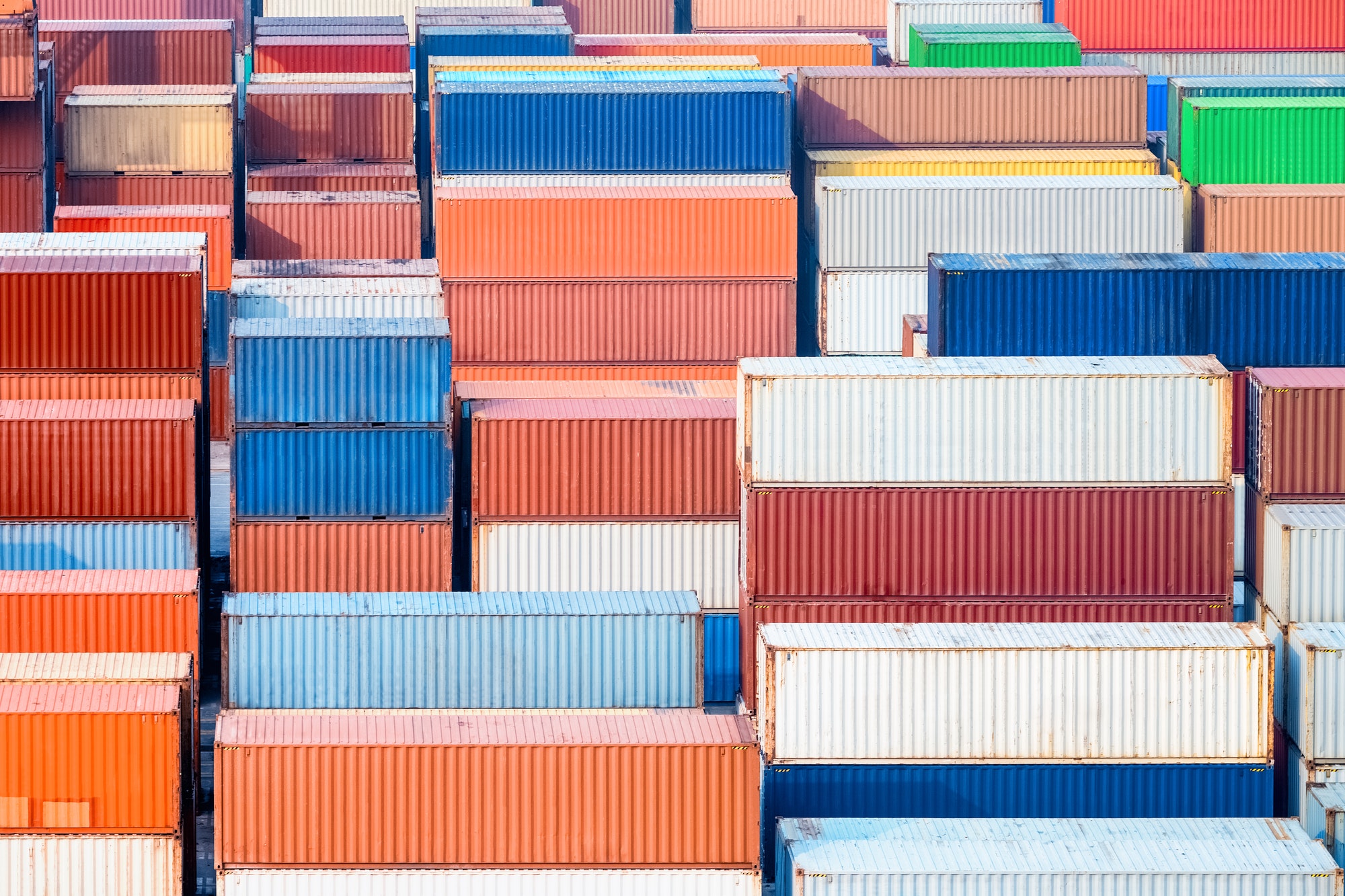The Difference Between Railways and Air Transport

The major purpose of the railway is to transport people and goods across different regions and cities. These modes of transport receive substantial capital subsidies, which are typically provided by the government. For instance, public highways, airports, sea ports, and aircraft manufacturers receive significant capital subsidies. As with any other mode of transportation, there are two main components of railways: fixed and moving. The fixed component refers to the railway infrastructure, which includes the permanent way (tracks) and buildings such as viaducts and stations.

The railways are less flexible than air transport, and their on-board services are more dependent on infrastructure and rolling stock. For example, trains cannot be easily deployed on different routes, and varying levels of service may not be acceptable. This is partly due to complex certification and homologation procedures. In addition, the environmental impact of transportation is a driving force, especially in the context of global warming. However, passengers’ emphasis on environment conservation varies from region to region, due to different cultural and socioeconomic factors.
Although railways are efficient, they are less flexible than other modes of transportation. Because they share the same tracks with freight, railways are subject to complex rules and regulations. This means they can be less responsive to changes in demand. In addition, they are often more expensive and inflexible than road transport. As a result, they are more costly and less flexible than air travel. A good example of this is air fares. In other words, air tickets are cheaper, so the same price is higher than rail fare.
The air industry is a highly competitive sector, with high-cost airlines and flexible schedules. Because air travel is cheaper, railways can be more affordable and flexible. A large share of travelers prefer train travel for short-distance trips, while long-haul travellers prefer air. But the trend towards air travel has changed, with some analysts claiming that it is a close race. But for now, no one is predicting a winner.



Air transport is more flexible than rail, and is a cost-effective option for many travelers. But a rail journey can be costly, so it’s important to keep these costs in mind when choosing a transport mode. As the largest and most convenient mode of travel in the world, it has become an essential part of society. Whether it’s a fast-paced city or an ancient city, air travel is the best way to get from one place to another.
Compared to other modes of transportation, railways are more energy-efficient and produce less pollution. They can also reduce emissions, whereas road transport depends on the friction between rubber tires and road surfaces. In addition, railways have small frontal areas compared to their weight, reducing forward air resistance and energy usage. Consequently, they can compete with air travel in terms of efficiency. They are also more environmentally friendly than air transport. There are several other benefits to traveling by rail.
Furthermore, you can find out information on the best option trading service. You will find this information in the finances amongst a wide range of other interesting articles that will help you with money management.